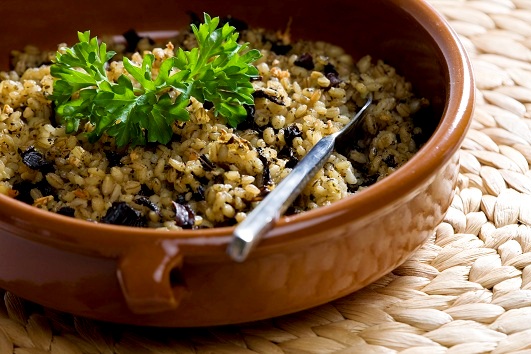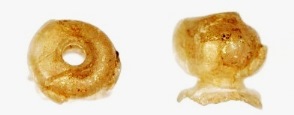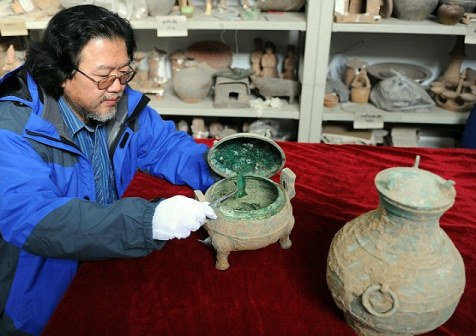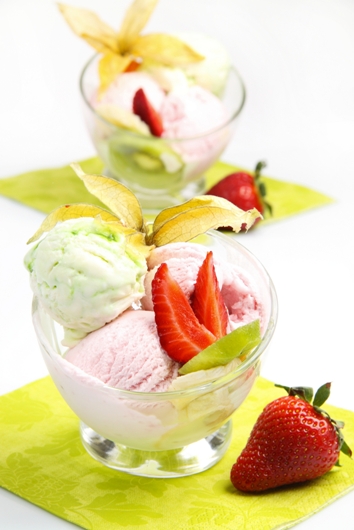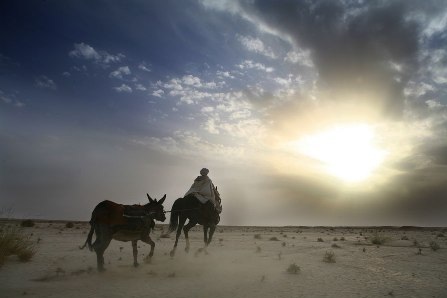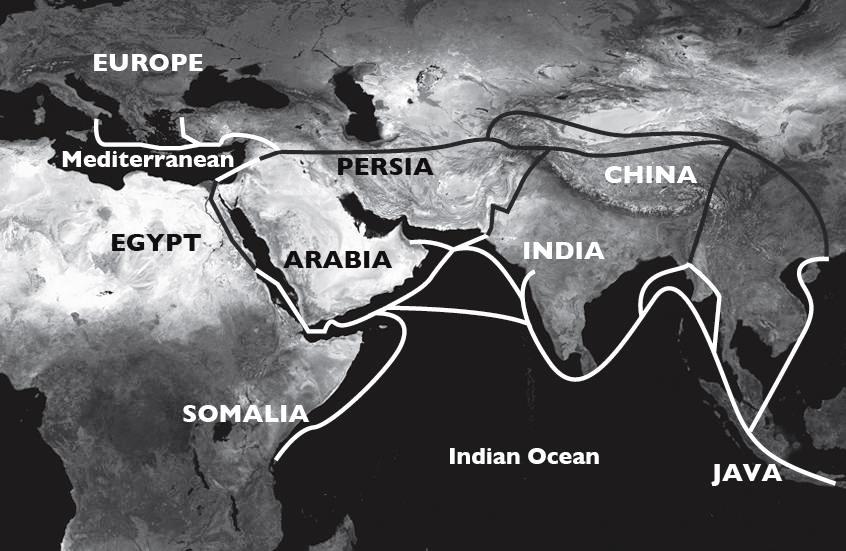A Feast for the First Christmas
At this time of year when cuisine blogs are awash with recipes for cookies and roast beast for the Christmas feast, I thought it would be a nice idea to create a notional menu for what the first Christmas feast might actually be like. In truth, that concept was brought to me by a writer from Bon Appetit magazine who wrote a great short piece … Read more

